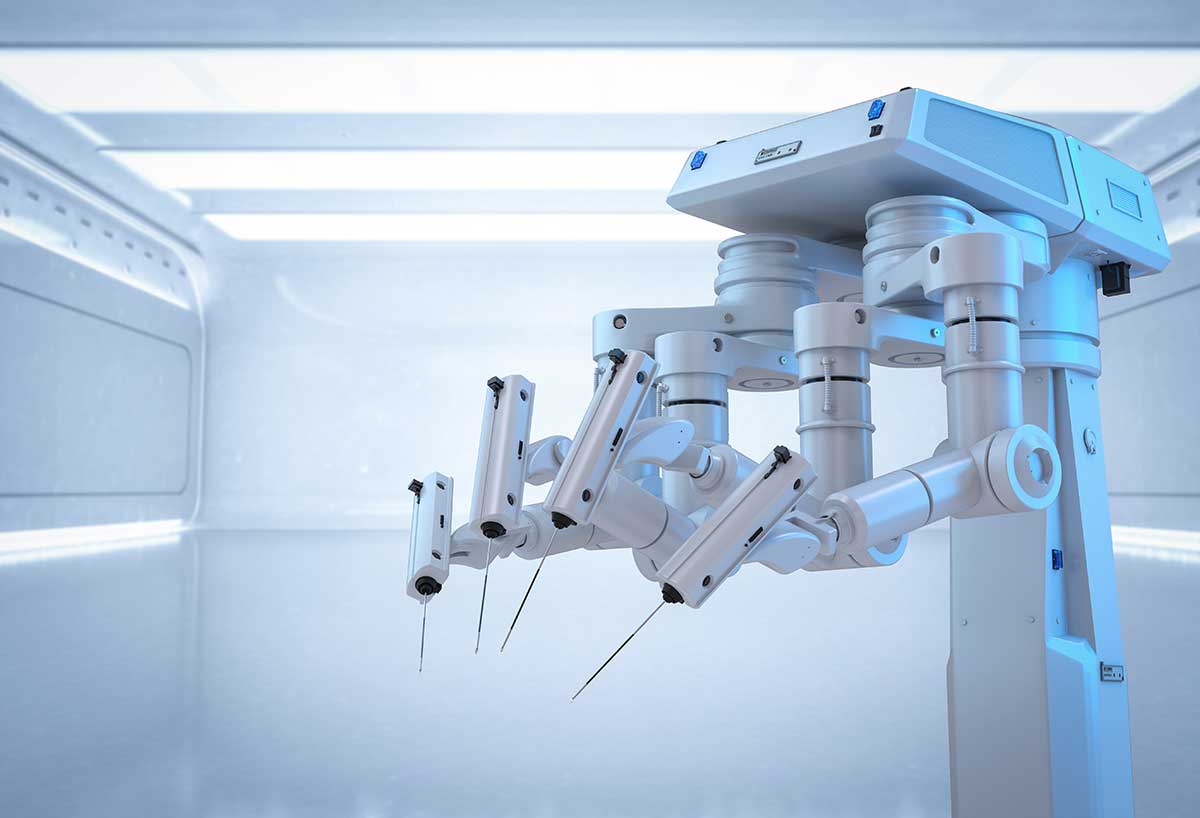
Sep 12, 2024
Blog Life Sciences The Wearable Medical Device Market: Trends, Innovations, and Future Outlook
The wearable medical device market has been experiencing rapid growth and evolution, driven by technological advancements, increasing health consciousness, and the rising prevalence of chronic diseases. As these devices become more integrated into our daily lives, they are transforming the way we monitor, manage, and improve our health. In this blog, we will explore the current state of the wearable medical device market, the key trends shaping its future, the challenges faced, and what lies ahead for this burgeoning industry.
Wearable medical devices are electronic devices that can be worn on the body to monitor various health parameters and provide real-time data to users and healthcare providers. These devices range from simple fitness trackers to sophisticated medical-grade equipment that monitors heart rate, blood pressure, glucose levels, and even oxygen saturation. Wearables are playing an increasingly vital role in preventive healthcare, early diagnosis, and management of diseases.
The wearable medical device market has witnessed substantial growth over the past decade. According to BCC Research, the global market for wearable medical devices was valued at $35.6 billion in 2023. This market is estimated to grow from $45.0 billion in 2024 to $151.8 billion by the end of 2029, at a compound annual growth rate (CAGR) of 27.5% from 2024 through 2029.
The global market for wearable medical devices was valued at $35.6 billion in 2023. This market is estimated to grow from $45.0 billion in 2024 to $151.8 billion by the end of 2029, at a compound annual growth rate (CAGR) of 27.5% from 2024 through 2029.
Several trends are currently shaping the wearable medical device market:
Despite the promising growth, the wearable medical device market faces several challenges:
The future of the wearable medical device market looks promising, with continuous innovation and increasing adoption across demographics. Some potential opportunities include:
The wearable medical device market is on a robust growth trajectory, driven by technological advancements, rising health awareness, and the need for continuous monitoring of chronic diseases. As this market evolves, it will bring about significant changes in the way healthcare is delivered, moving towards a more personalized, proactive, and preventive approach. However, addressing challenges such as data security, regulatory hurdles, and cost will be crucial to unlocking the full potential of wearable medical devices. The future holds exciting possibilities for both consumers and healthcare providers, promising a healthier and more connected world.
Consider becoming a member of the BCC Research library and gain access to our full catalog of market research reports in your industry. Not seeing what you are looking for? We offer custom solutions too, including our new product line: Custom Intelligence Services.
Contact us today to find out more.

I am Adarsh Rawat and I have a degree in BBA from Jamia Milia Islamia, I have honed a diverse skill set that spans digital marketing, traditional advertising, brand management, and market research. My journey in marketing has been characterized by a commitment to innovation and an ability to adapt to emerging trends.
In today’s fast-paced biomedical world, researchers and pharmaceutical companies...

Radiopharmaceuticals represent a cutting-edge frontier in modern medicine, offer...

Implantable Remote Patient Monitoring (IRPM) devices are revolutionizing healthc...

We are your trusted research partner, providing actionable insights and custom consulting across life sciences, advanced materials, and technology. Allow BCC Research to nurture your smartest business decisions today, tomorrow, and beyond.
Contact UsBCC Research provides objective, unbiased measurement and assessment of market opportunities with detailed market research reports. Our experienced industry analysts assess growth opportunities, market sizing, technologies, applications, supply chains and companies with the singular goal of helping you make informed business decisions, free of noise and hype.